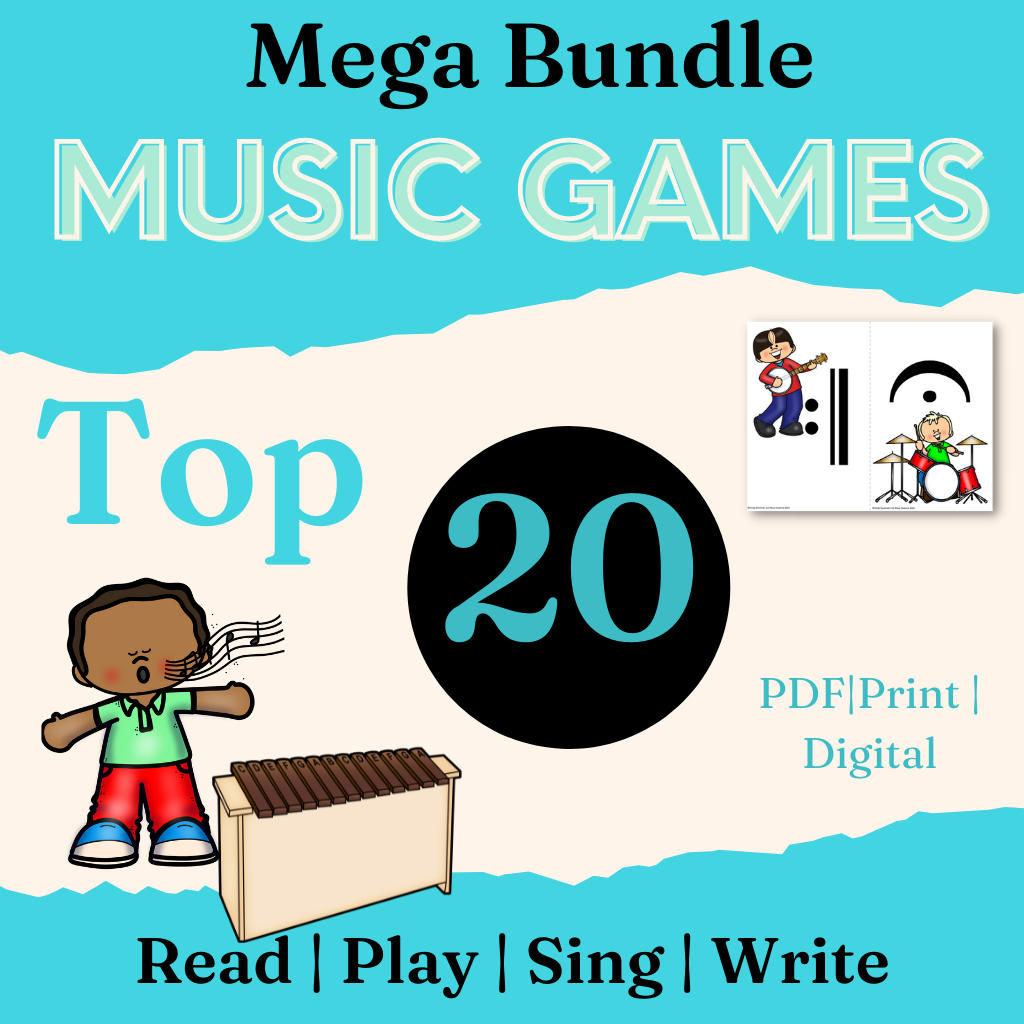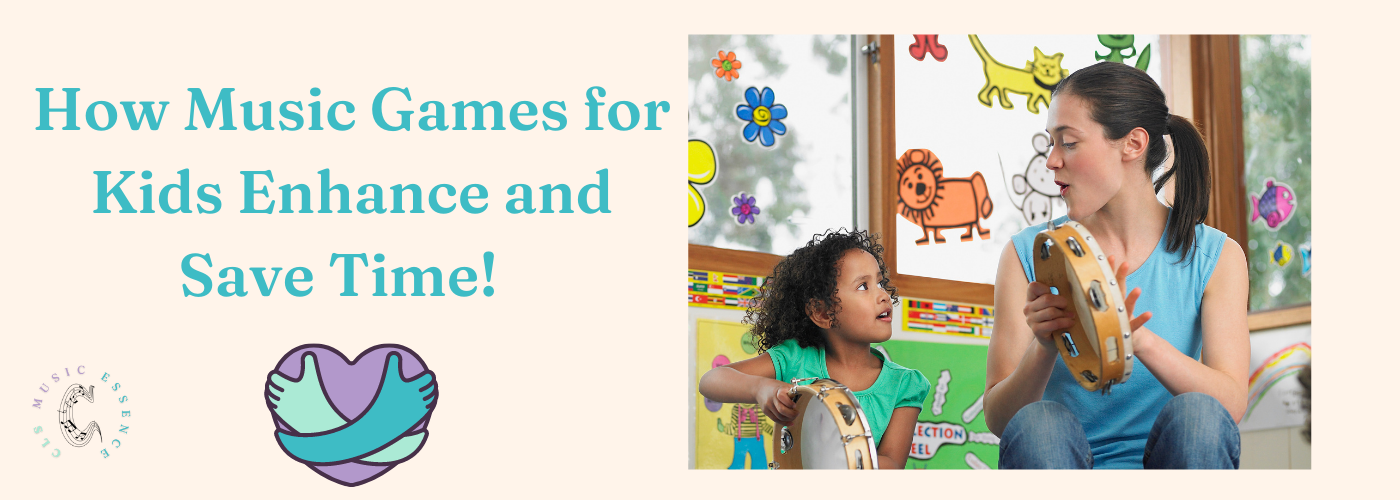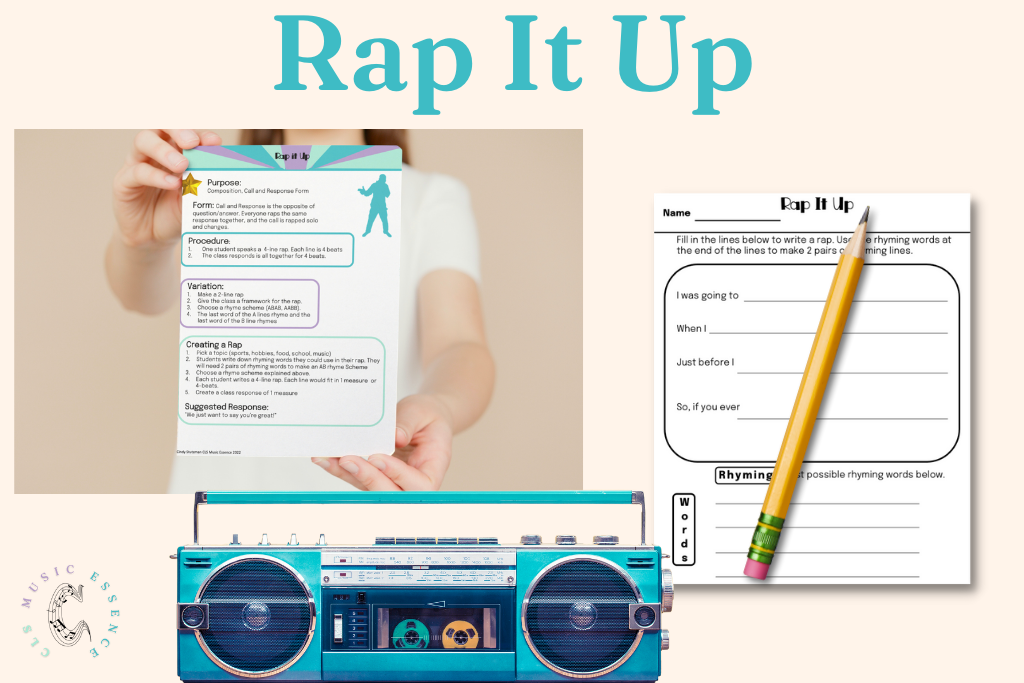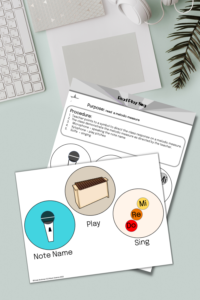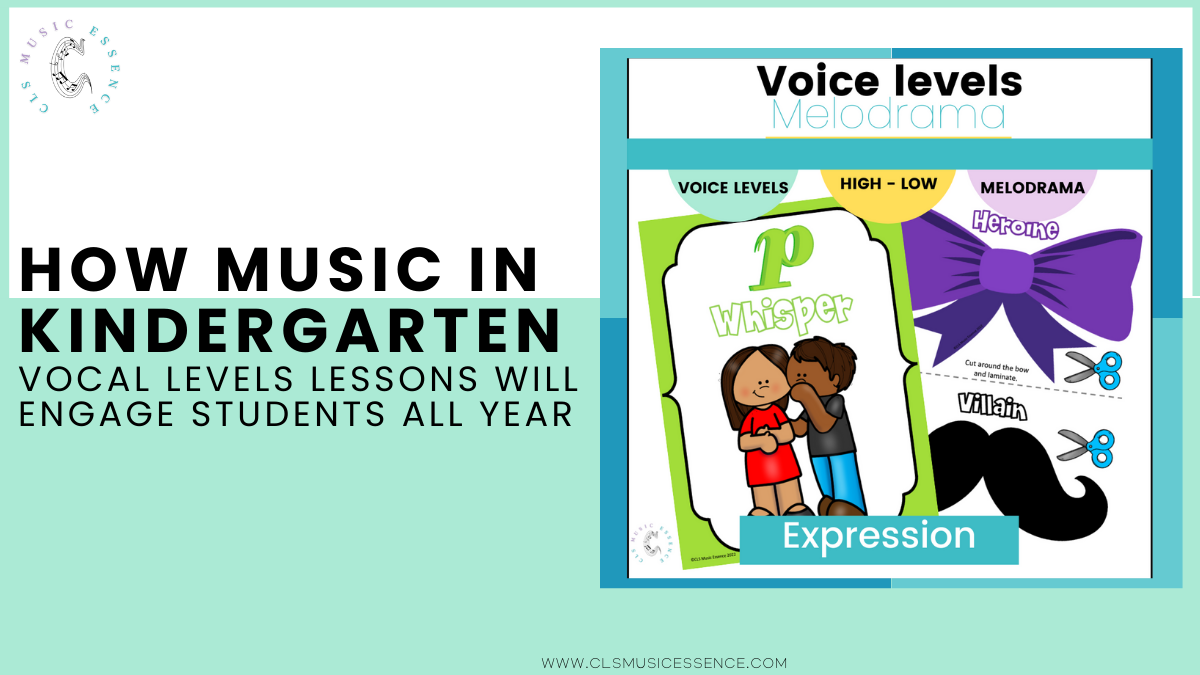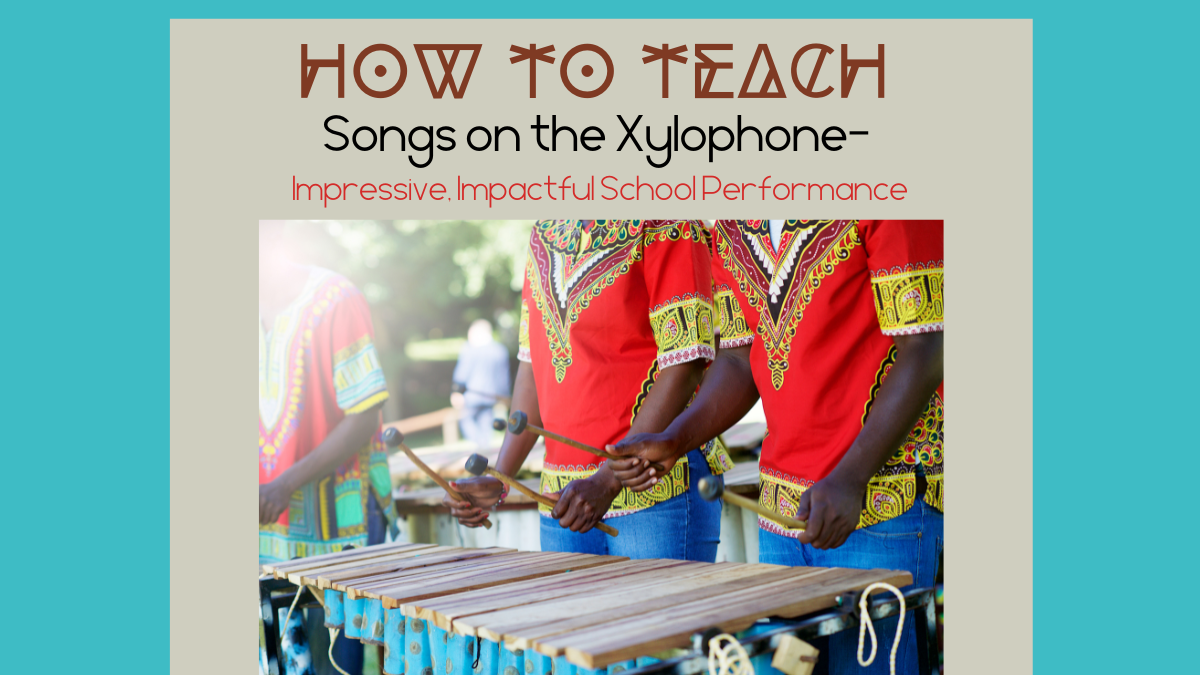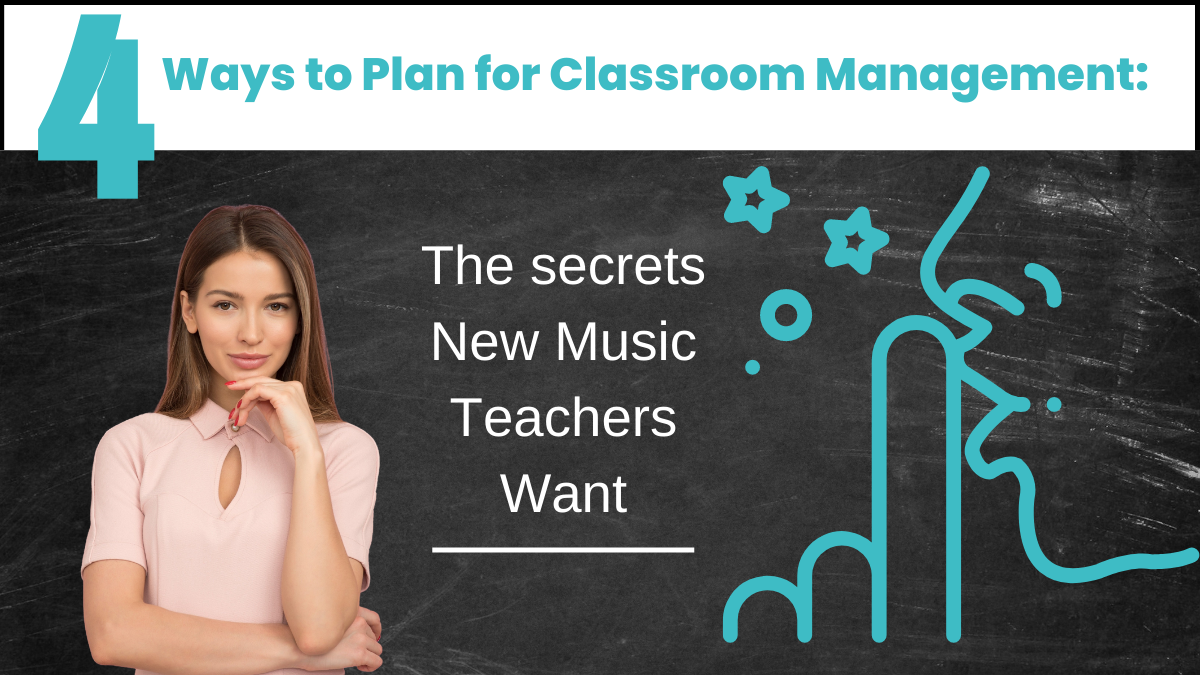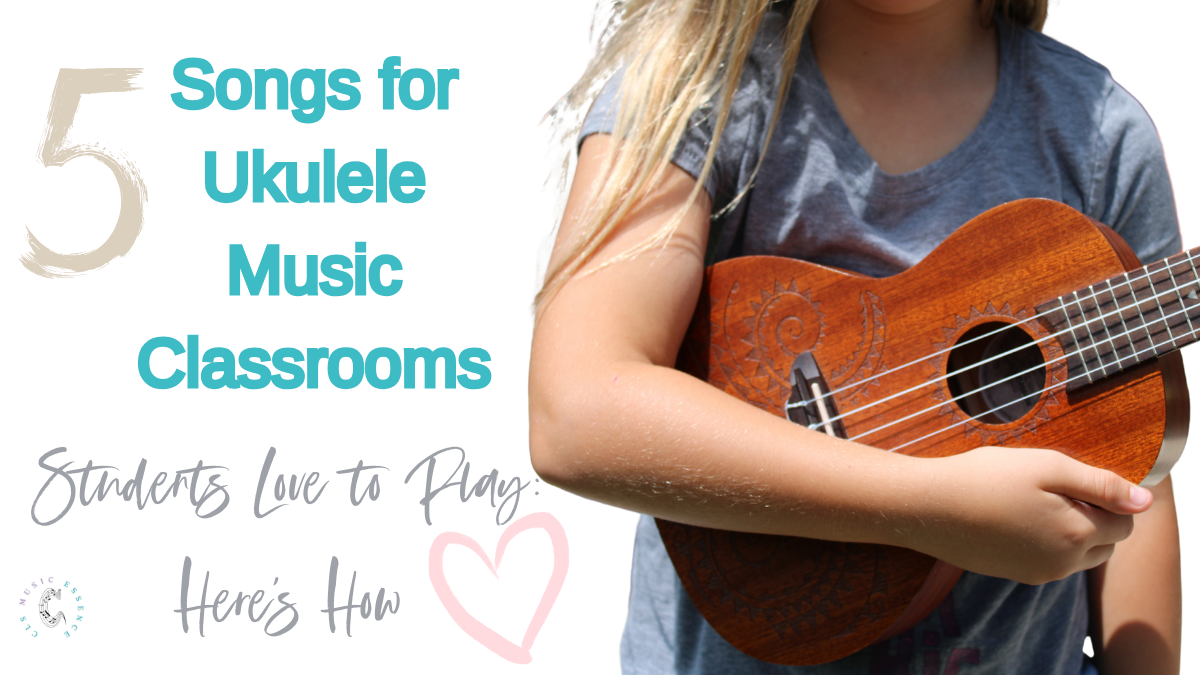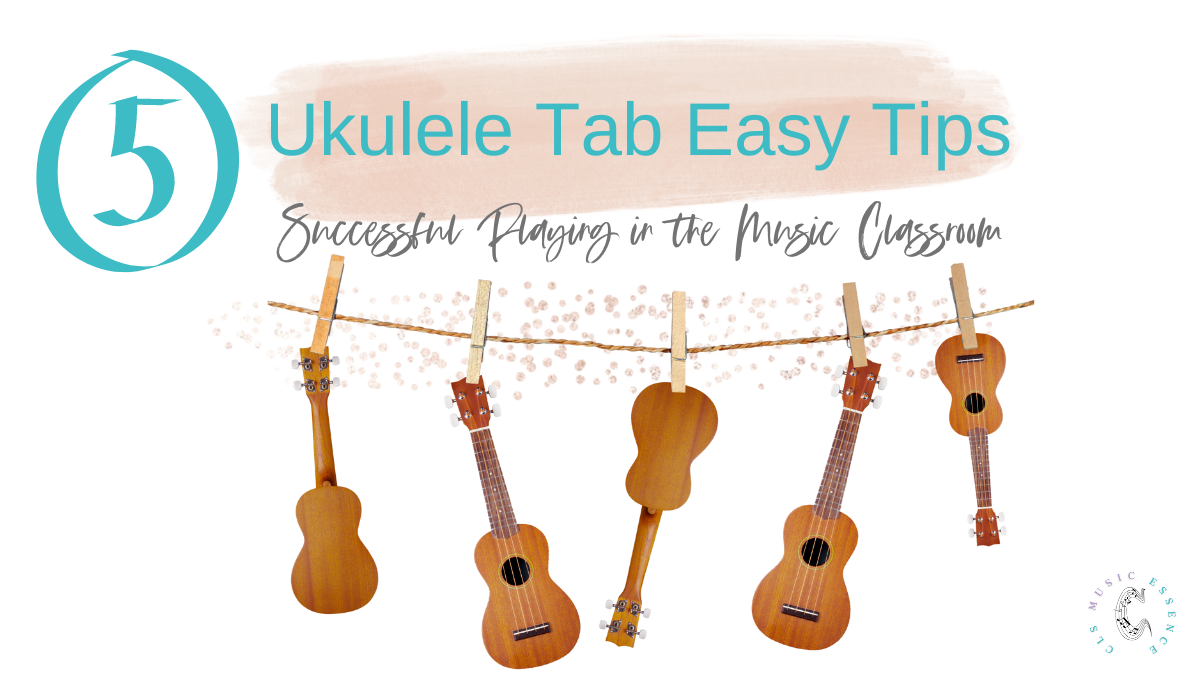How Music Classroom Games Enhance and Save Time!
Music classroom games for kids are a fun way to enrich, assess and grow knowledge in the music classroom! Students love playing games! You can easily use games as a sub plan, establish classroom routines, and require little of your time and energy. Games are great time fillers and can save you hours of lesson planning for years to come! Got Games?
If you just want to give yourself some self-care and save a ton of time, check it out here! Or, keep reading for lesson plans you can put together to always have on hand or leave for a sub. Have a great set of music classroom games for melody, rhythm, and symbol cards on hand to ensure you are ready to fill every minute. The best part is organizing games into your weekly and monthly planning will save you a ton of planning time too for your entire career that’s how important games are!
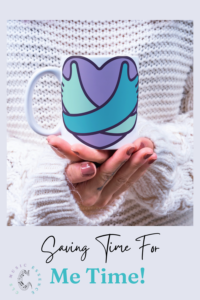
Composing Music Games
Gotta love the littles! They are so cute, but not always ready to be creating the next best ensemble jam! But composing music classroom games can be perfect for them. Take your Kindergarten students on a roller coaster ride. Have you ever had them sing on a vowel watching your finger draw in the air as it loops, twists, dips, and soars through a roller coaster?
This is a great way to get those students singing in their head voice on any vowel without even realizing it. Set up a simple crayon and paper center to draw out melody lines for the first step to writing music and understanding how music is written from low to high in steps and skips. Think of all the simple ways little ones can show melody – pipe cleaners, ribbon, tape, string, glitter glue. Even show melodic dictation by coloring to music!
First-Third Picture Doodles
Another out-of-the-box music game for kids in first – third grade is to use abstract pictures or doodles. They can match the picture with any sound effect noise. It’s really interesting to see how everyone hears different sounds from abstract pictures. Next, let them create an abstract and arrange their pictures into a full composition they can perform and hang on the wall to visually see their composition. Make it extra fun by coming up with a name for their doodle compositions.
Upper elementary and even middle school students can have their hand at writing a rap! We all get writer’s block so having a form where students only have to fill in some blanks helps everyone to feel successful. Other ideas that can help are picking a class theme and brainstorming rhyming words. The Rap can be a simple 4 lines with a rhyme scheme of AABB or ABAB.
You can put the rap into a call and response form so the whole class is involved. Each student (or group) presents their rap for the call and the class has a set response. The response could even be on rhythm instruments. The guided worksheet makes this music classroom games for kids easy to leave as a sub plan.
My Favorite Music Classroom Games with Solfege
My favorite reading music games in the classroom use solfa disks for melodic dictation. I have seen even the youngest students have amazing abilities to hear the correct pitches. It is surprising at times. What I love is you can add to this from year to year. Start with just 2 or 3 pitches for lower elementary and have a scaffolded plan for adding in other pitches each year. Even kindergarten can have disks to identify a pitch as same, lower, or higher.
When students arrange their solfa disks, they can represent how music is read from left to right and low to high. It’s also great to teach parents how music and reading go hand in hand with eye tracking and decoding.
So much can happen with music classroom games for kids using solfa pitches. Teach chords I, IV, V and introduce skips. Or neighbor tones such as fa and mi are friends like ti-do. If they are really young, I help them out by telling them I am starting on do. Everyone puts out the do pitch. Then I play just 4 pitches and give them three chances to arrange their do, ri, me disks in the order they heard the pitches.
Move beyond melodic dictation to reading melody cards arranged with the same scaffolded plan. Students can respond to the melody cards in a variety of ways. Play notes on an instrument, read note names or sing solfa pitches.
Fun Music Classroom Games that Teach Symbols
Music symbols are vast and like a legend on an old-fashioned road map. The musician is told where to go with just one letter or picture. So learning symbols and what they stand for is an essential musical skill. ⭐️”Here Comes the Delivery Truck” is by far a student favorite for all grades that teaches music symbols. Even your students who are the most hesitant to sing want to be the ones to deliver the packages and sing for the music symbols. The packages are a music symbol flash card. The song happens in question-answer form. “Who has the treble clef?” “I have the treble clef.” Whoever is the last person with a symbol card gets to be the next delivery truck driver. They will play this every week forever! I have also left this countless times as a sub-plan.
See who wins the Eraser Race and can get to the correct music symbol first to earn their team a point. Students will steal a point or get extra credit for knowing how the symbol is used. Create this in a digital form and you can have it for students to play along on a tablet or sub plan. Don’t forget to add in a movable eraser. You can also have different symbols set up for class levels.
Balloon Pop is another fabulous team game. Cover music symbols with a construction paper balloon. Students Choose a balloon and earn points for their team by identifying the music symbol and meaning.
Create a Cake Walk Music Classroom Games
Ever been on a cakewalk? You can do the same thing with music symbols. Students really like following a whimsy pathway around the music room to follow. (See game ideas for Valentine’s Day here). Students walk to the beat of the music until the music stops. The student who lands on the disk that is called and correctly identifies the music symbol wins! Disks can be a number or music symbols. If using a number just have a chart where each music symbol has a matching number. Then you know which symbol they are to identify.
Make the prize a chance to play their favorite auxiliary instrument and keep the music classroom games moving as they play along. Who remembers getting to play the triangle? Yes!!! If you don’t want to put pieces on your floor, it is also fun to have students pick the nearest number on the wall.
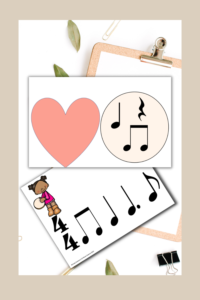
Fun Ways to Play Beat vs Rhythm with Kindergarten
Beat versus rhythm can be perfect music classroom games to start class with. Kindergarten students especially benefit from a routine and a “Name Songs” is great to establish a beat. Students can keep a steady beat with the song and then get to play rhythm using the syllables of their name. Pretty soon you get middle and last names as they learn to add extra rhythm to their names. To keep it interesting all year let them play the steady beat and rhythm on instruments.
Nursery rhythms are great for clap, stomp, pat the beat, or rhythm with spoken words. You can also take bits and pieces of a nursery rhythm like “Humpty Dumpty” to create an ostinato pattern to accompany the rhyme. Or select certain words and let them choose an instrument to play the rhythm of that word as the rhyme is chanted.
Rhythm Music Classroom Games
Having a great set of rhythm cards is valuable for the music room. Create rhythm cards that can be used for each grade level from beginning to advanced rhythms and can be used with all games. Laminate the card and “voilà” you will have them for your entire career.
Music Measures is the best! Students want to play again and again. Students never forget note values after playing Music Measures. Use chairs or a carpet square as the beat and students as the note. Arrange students in a 4-beat music measure to represent a rhythm card. This makes the concept of a quarter note as 1 beat come to life. They can even see that a quarter rest is a beat of silence.
Create 4/4 time signature rhythm patterns and the music classroom games begins. The music composer arranges students for one card and the class guesses the correct rhythm card. Whoever guesses correctly gets to be the rhythm composer for the next round.
Set up a rhythm game of concentration where students look for the matching measures and clap or play the rhythm cards as they go. Create it digitally and project it onto a whiteboard. This is another great sub plan.
Rusty Rhythm encourages students to demonstrate rhythm patterns except for the rusty rhythm! Play Clap Speak will challenge students to follow the teacher’s direction on how to show the rhythm pattern either play it, use body percussion or speak the syllables (ta, ti-ti, too, tiri-tiri).
If you really want to save time, and need to just grab, print, or have the digital form already done, I put it all together in a mega bundle of music games for kids for you here. The product comes with all the music classroom games pieces you can just print and laminate and you are set forever! Have the Best Year Yet!
